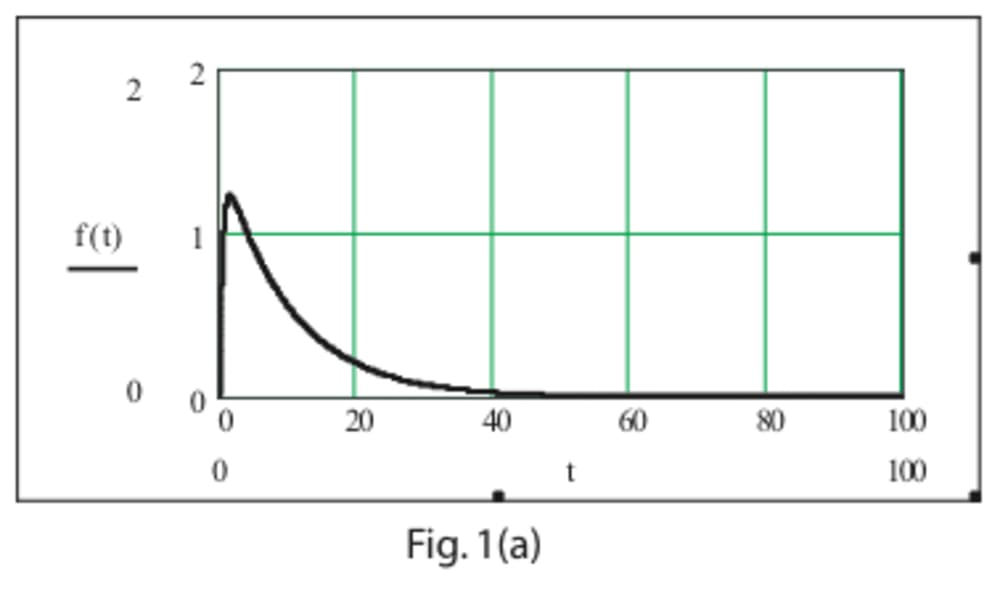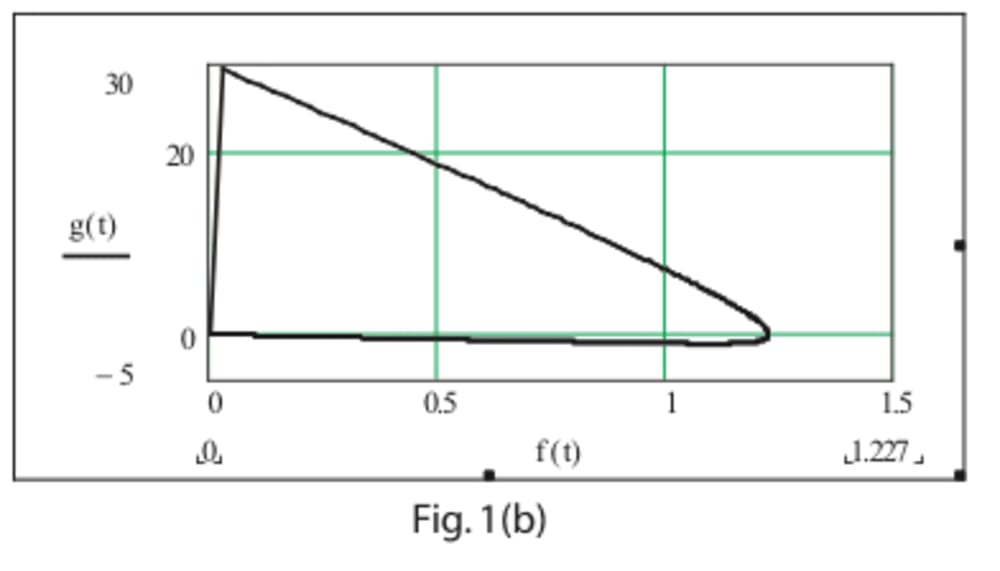A New Method of Cardiogram Analysis
The electrocardiograph machine has not changed much over the past 60 or so years. Heart pulse waveforms are difficult to analyze by simple visual examination, and each ECG must be studied by a medical expert who issues a report. The new innovative signal processing scheme described here involves a transformation of ECG data into a form that is not only easier to analyze but also provides additional analytic capability that can be performed more quickly and at lower cost.
The electrocardiogram is a plot of the electrical time signals from the heart. The points , PQRSTU, along the heart pulse that identify the important measurement references for analysis. However, in signal analysis there are several other parameters that are of vital interest. Consider the QRS portion of the heart pulse as an example in Figure 1(a) and its transform in Figure 1(b).
Some of the signal parameters of the heart pulse of Fig. 1(a) require mathematical analysis. In physical and electrical systems, the determination of rise and fall time constants is essential for a greater depth of analysis. The signal transformation of Fig. 1(b) illustrates the transformation of the exponential rise and fall times of the pulse to straight lines. This conversion makes it very easy to determine some of the other parameters of the heart electrical system. We see by direct observance that most of the energy in the pulse occurs during the rise time. The rise time energy is the area of the curve within first quadrant. The area within the second quadrant represents the energy of the fall time of the curve, which we see is much less than that of the rise time portion. From this data we may be able to make determinations of the actions of the ion channels of the heart that generate the electrical energy of the heart pulse, which would be a significant accomplishment.
The total electric energy of the heart pulse is not presently determined in current medical analytical procedures. This new method makes it much quicker and easier to visualize the energy in a heart pulse. The rise time of the main QRS pulse is very quick, and the faster the rise time the greater the energy. In a visual observation of a plotted cardiogram, it is difficult to determine accurately, even with the aid of a magnifying glass. The electrical heart pulse energy is easy to measure using the information from the area of the curve of Fig. 1(b).
The P, T and U waves are smoother functions that can be analyzed in a similar manner. The reduction in time of analysis and the lower cost of equipment can save many millions of dollars in doctor bills, while the additional accuracy and number of parameters measures may save many lives. This project can be developed at reasonable cost and with high probability of success.
Like this entry?
-
About the Entrant
- Name:Weldon Vlasak
- Type of entry:individual
- Software used for this entry:Mathcad
- Patent status:none





